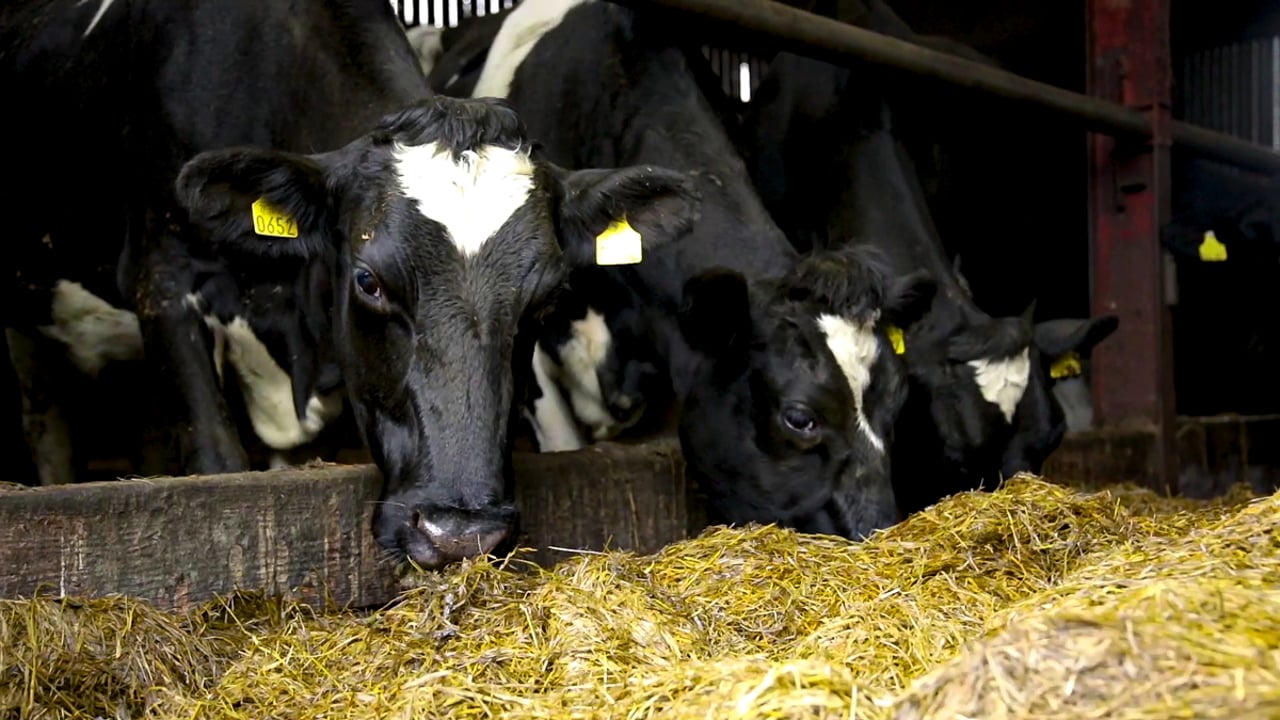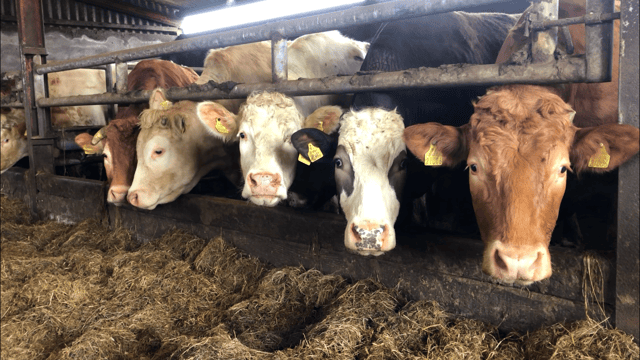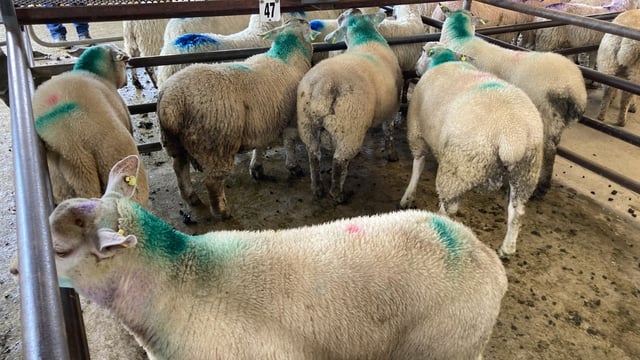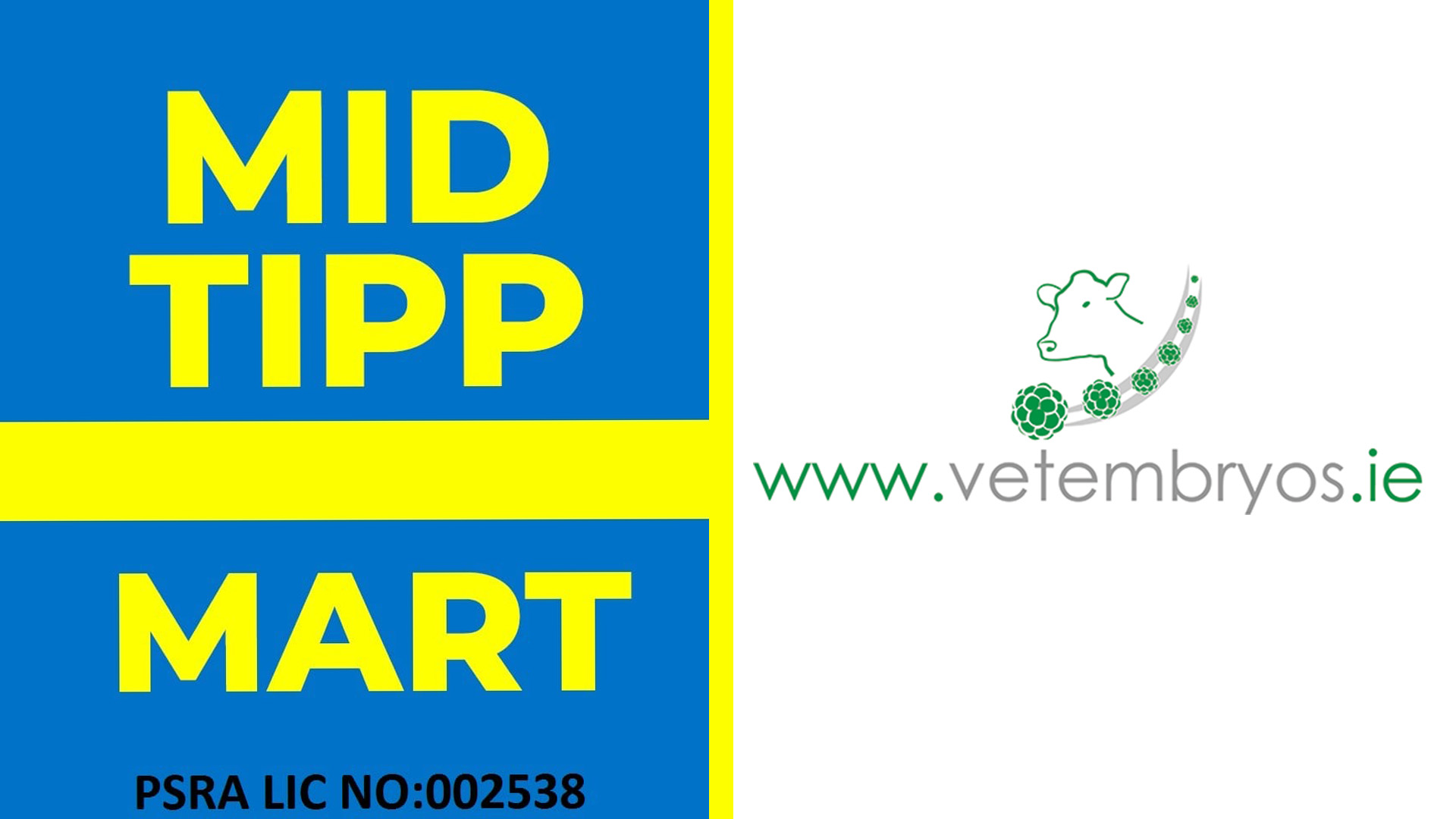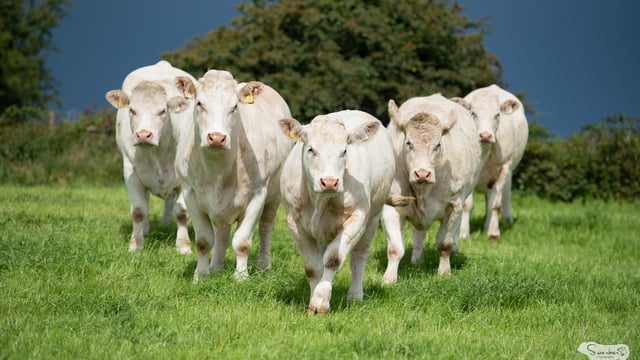Monitoring negative energy balance in cows
Up to two weeks before calving, dairy cows enter a negative energy balance (NEB), which can lead to the development of ketosis.
Cows are in NEB when their energy requirements (i.e. maintenance, gestation, production) are not met by their energy intake.
NEB is a problem that affects cows in early lactation, when feed intakes are insufficient to meet the energy demands of milk production.
Almost all cows will have some degree of NEB in early lactation, but excessive or prolonged NEB can lead to conditions such as ketosis, fatty liver and displaced abomasum.
According to Teagasc, indicators of an NEB issue in the herd are:
In severe cases, cows may have a lethargic look. These cows will most likely be off their feed and lose excessive BCS in a short amount of time.
This is due to them mobilising body fat to make up for the NEB; a cow losing a full condition score within the first 30 days after calving is unacceptable.
Most issues shortly after calving can be traced back to the dry period. Cows should enter the dry period in the correct BCS, with their score not increasing over 3.0 during the period.
Similarly, overfat cows are susceptible to ketosis - this is why the monitoring of BCS is so important ahead of, and during the dry period.
It is difficult to correct BCS during the dry period so ensuring that cows enter and leave the dry period in the correct BCS is important.
Cows should be slowly introduced to the milk-cow diet. Cows should be fed a high energy diet ahead of calving to help partially compensate for lower dry matter intakes.

